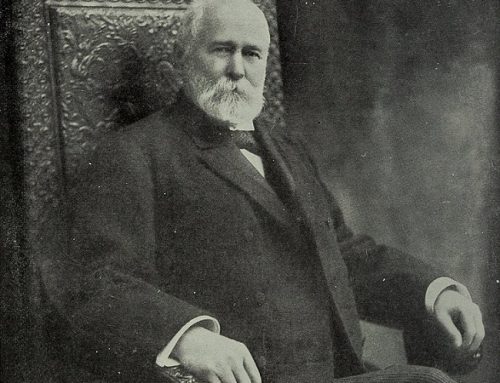The Workmen’s Compensation Act of 1897 was a significant step in establishing employers’ liability, specifically, the principle of strict employer liability regardless of fault. The law established that an employee was entitled to compensation for any accident, not his fault, even if the employer was not negligent. It replaced the Employers’ Liability Act 1880, which gave the injured worker the right to sue the employer but placed the burden of proof on the employee. Compensation was paid for by insurance which employers were required to take out so there was no cost to the government or to the businesses which employed the workers. It was expanded to include industrial diseases by the Workmen’s Compensation Act 1906. The system operated from 1897 to 1947. The system was replaced by a state compensation scheme under the National Insurance (Industrial Injuries) Act of 1946.
The 1897 act only covered blue-collar, industrial workers. In 1900, the law was extended to common and agricultural laborers, but not clerks, sailors, and domestic servants. A 1906 law extended employers’ liability to virtually all occupations and made the previous provisions clearer and more favorable to employees.
The 1897 act became the model for subsequent American statutes. Workers’ compensation statutes in the U.S. emerged in the early 1900s but were struck down as unconstitutional until 1911 when Wisconsin passed a law that was not struck down. By 1920, 42 states had passed workers’ compensation laws. By 1949, all states had such legislation. These laws provided compensation to workers hurt on the job, regardless of who was at fault, making the employer responsible for paying medical costs and wage-loss benefits. In exchange for these benefits, workers gave up their right to sue their employers in most cases.
Before workers’ compensation statutes were adopted in the United States, injured workers trying to recover medical expenses, lost wages, and other damages had to prove the negligence of their employer, which was usually a long, costly, and uncertain process. Employers also had several defenses available to avoid liability for these injuries, making the process more difficult for injured workers. The most common defenses employers used were contributory negligence, the fellow-servant doctrine, and the assumption-of-risk doctrine. The contributory negligence defense would prevent the employee from recovering any damages if they contributed even in a small way to the cause of the accident. The fellow-servant doctrine could reduce or eliminate the employer’s liability if another employee was at fault. The assumption-of-risk doctrine could limit a worker’s recovery of damages they knew of the hazards in the workplace and assumed those risks by going to work.










